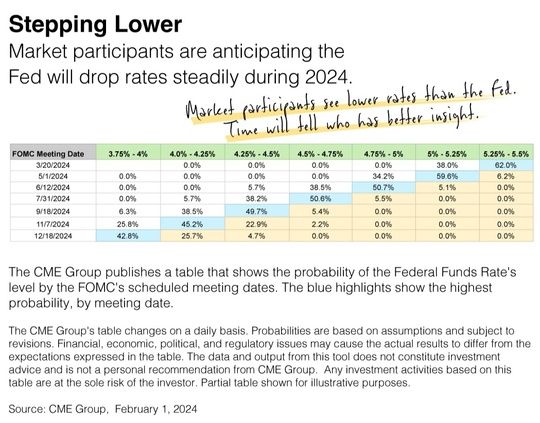What We Do
At B1 Financial, we’re not just advisors; we’re advocates dedicated to empowering you, one financial plan at a time. With decades of experience, our team of dedicated financial advisors provides personalized and comprehensive financial advice to individuals, families, and businesses nationwide. Our goal is to develop customized strategies that align with your unique goals and priorities, helping you navigate complex financial situations with ease.
Transform Your Wealth
Are you ready to see what your financial future could look like? At B1 Financial, we invite you to share your current investment portfolio with us. Our team of experts will review your assets and provide a detailed analysis of potential strategies tailored to enhance your investment outcomes. We're here to help you understand your options and make informed decisions that align with your financial goals.
Send us your portfolio today—let’s explore the possibilities together!
Take Charge of Your 401(k)
Stay on top of your financial requirements while steering clear of costly rollover blunders. Our comprehensive guide is designed to assist you in potentially saving thousands on taxes and fees, providing insights on expediting retirement planning, and highlighting key errors to be mindful of.
Our Investment Philosophy
We have written a compelling investment strategy for total return in today's market and the rest of your life.






























































